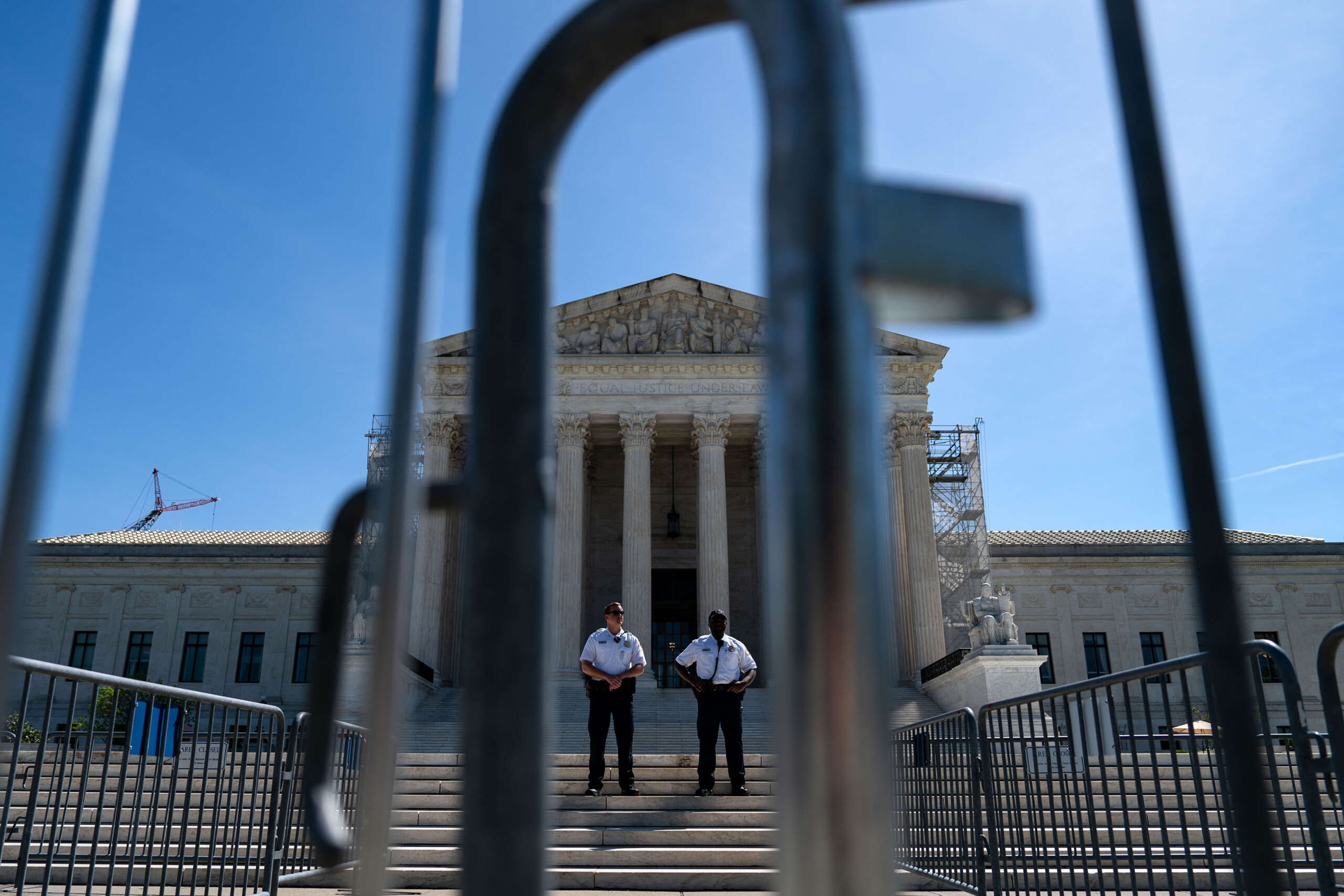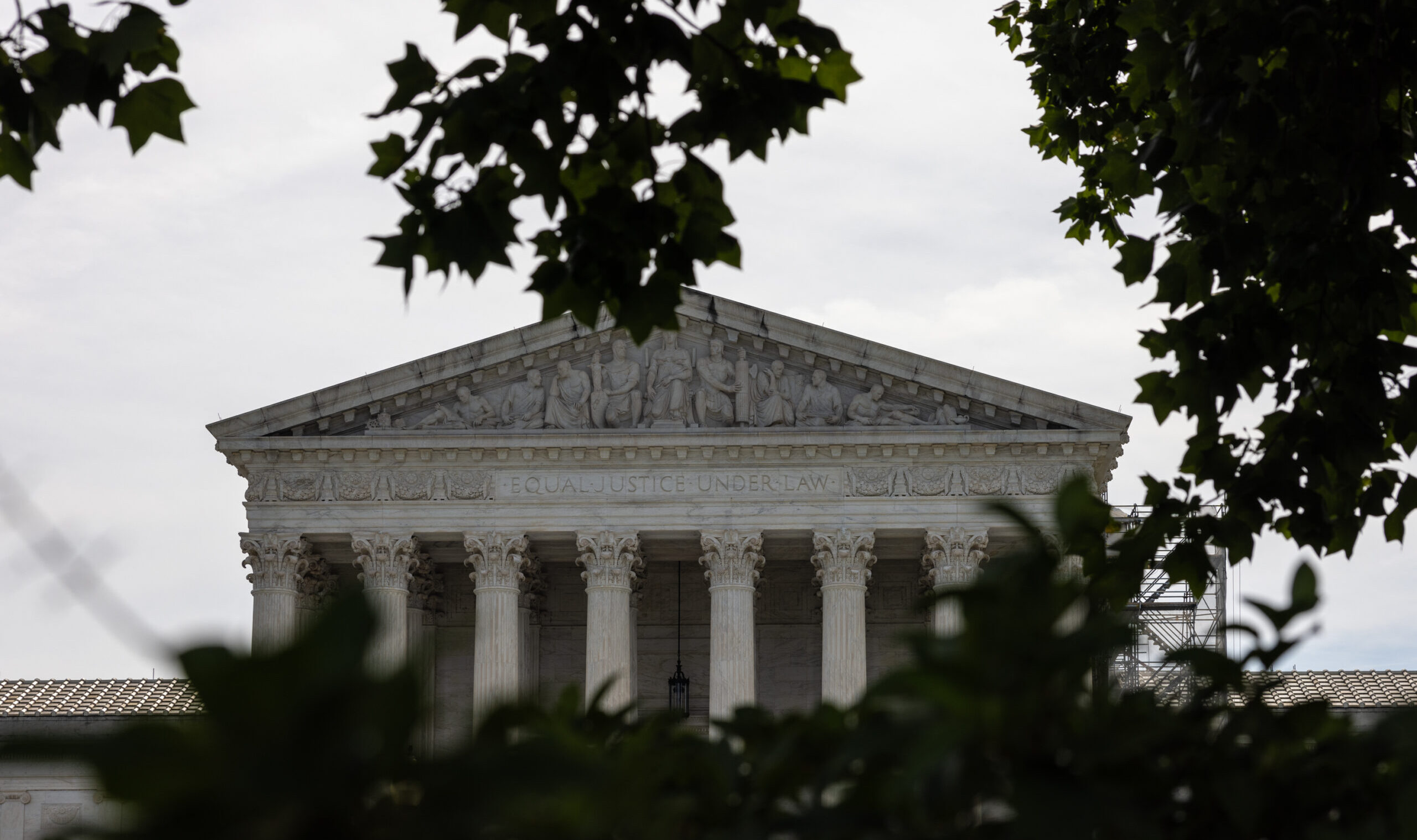Chevron Deference and its Impact on Judicial Review: Scotus Overturns Chevron
Scotus overturns chevron – Chevron deference is a doctrine of judicial review that gives great weight to the interpretation of a statute by the agency responsible for administering it. The doctrine is based on the idea that the agency has expertise in the area of law that the statute governs, and that it is therefore best equipped to interpret the statute’s meaning.
The Supreme Court’s decision to overturn Chevron deference has far-reaching implications for civil rights. The Civil Rights Act of 1964 relies heavily on Chevron deference to ensure that agencies can effectively enforce the law. Without Chevron deference, agencies will have less flexibility to interpret and apply the law, which could lead to a decrease in civil rights protections.
Chevron deference has been controversial since its inception. Critics argue that it gives too much power to agencies, and that it allows agencies to avoid judicial review of their actions. Supporters of Chevron deference argue that it is necessary to give agencies the flexibility they need to carry out their missions, and that it helps to ensure that the government is run efficiently.
The Supreme Court’s decision to overturn Chevron, a landmark case that gave deference to agency interpretations of statutes, has sparked significant debate. Learn more about the Chevron decision and its implications for administrative law and the balance of power between the courts and agencies.
The Supreme Court’s recent decision in West Virginia v. EPA has cast doubt on the future of Chevron deference. In that case, the Court held that the EPA did not have the authority to regulate greenhouse gas emissions from power plants. The Court’s decision was based in part on its conclusion that the EPA’s interpretation of the Clean Air Act was not entitled to Chevron deference.
The Supreme Court’s decision to overturn Chevron deference, a doctrine that gave deference to federal agencies’ interpretations of ambiguous statutes, has been a major development in administrative law. This decision, known as “overturned chevron,” has been hailed by some as a victory for the separation of powers, while others have criticized it as a blow to regulatory efficiency.
For more information on the overturned chevron, please visit overturned chevron.
The Court’s decision in West Virginia v. EPA has raised questions about the future of Chevron deference. It is possible that the Court will continue to limit the scope of Chevron deference in future cases. It is also possible that the Court will overturn Chevron deference altogether.
Arguments for Chevron Deference, Scotus overturns chevron
- Agencies have expertise in the area of law that the statute governs.
- Chevron deference helps to ensure that the government is run efficiently.
- Chevron deference gives agencies the flexibility they need to carry out their missions.
Arguments Against Chevron Deference
- Chevron deference gives too much power to agencies.
- Chevron deference allows agencies to avoid judicial review of their actions.
- Chevron deference can lead to inconsistent interpretations of the law.
Potential Implications of Overturning Chevron Deference
- It would make it easier for courts to overturn agency interpretations of statutes.
- It would reduce the power of agencies to regulate.
- It would increase the workload of the courts.
Legal Implications of Overturning Chevron

The Supreme Court’s decision to overturn Chevron deference has significant legal consequences. It alters the judiciary’s role in interpreting statutes and affects the authority of administrative agencies.
Impact on the Judiciary’s Role
Chevron deference gave courts a deferential approach to interpreting statutes when agencies had expertise in the area. Without Chevron, courts will have more discretion in interpreting statutes, potentially leading to more judicial activism and less deference to agency interpretations.
Impact on Administrative Agencies’ Authority
Chevron deference bolstered the authority of administrative agencies by giving their interpretations of statutes significant weight. Its overturning reduces the deference given to agencies, potentially weakening their ability to regulate effectively.
Broader Implications of Overturning Chevron

The implications of overturning Chevron deference extend beyond the legal realm and have broader societal and political consequences. This decision could significantly alter the separation of powers and the balance between the executive and legislative branches.
Impact on Separation of Powers
Chevron deference has been a key component in maintaining the separation of powers between the three branches of government. By giving deference to agency interpretations of statutes, courts have limited their own role in policymaking and ensured that agencies have the necessary expertise to implement complex laws. Overturning Chevron could shift this balance, giving courts more power to review agency actions and potentially encroaching on the executive branch’s authority.
Impact on Executive-Legislative Balance
Chevron deference has also played a role in the balance between the executive and legislative branches. By deferring to agency interpretations, courts have allowed the executive branch to exercise significant discretion in implementing laws. Overturning Chevron could give Congress more power to control agency actions through legislation, potentially reducing the executive branch’s flexibility in carrying out its duties.
In a landmark ruling, the Supreme Court has overturned the Chevron decision, a precedent that had given broad deference to federal agencies in interpreting statutes. The Chevron decision, established in 1984 , held that courts should defer to an agency’s interpretation of a statute if it is reasonable, even if the court would have reached a different conclusion.
This ruling has significant implications for the balance of power between the judiciary and the executive branch, and it is likely to have a major impact on the regulation of various industries.
The Supreme Court’s recent overturning of the Chevron decision has significant implications for the relationship between the judiciary and the executive branch. The Chevron decision, a landmark 1984 ruling , gave deference to agencies’ interpretations of ambiguous statutes. The Court’s reversal of this precedent limits the ability of agencies to make policy without clear congressional authorization, thereby strengthening the role of the judiciary in interpreting the law.